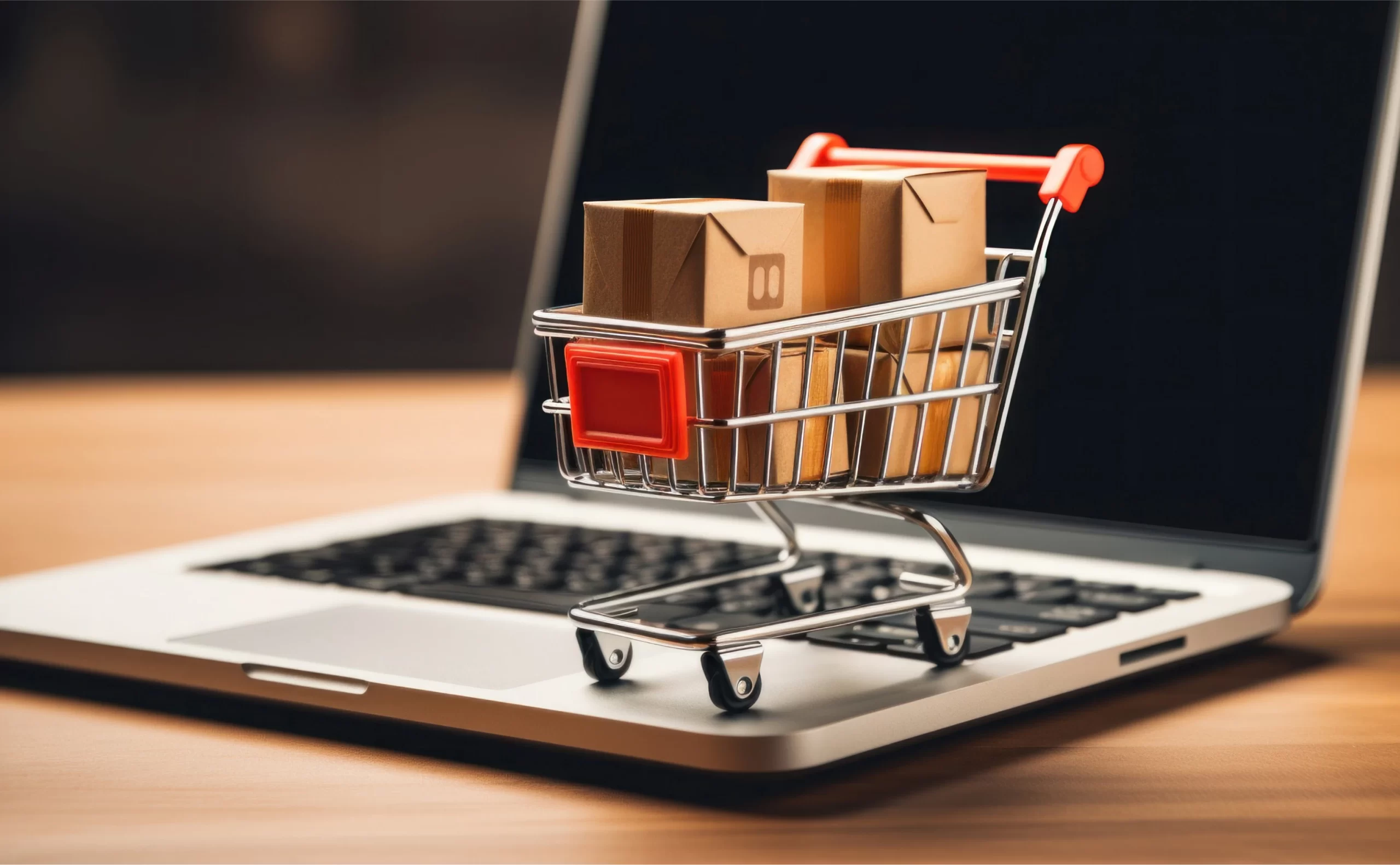
Online business growth depends on how well you adapt to changing habits, technology, and customer expectations. Selling through digital channels is no longer just a backup to physical stores—it’s often the main source of revenue. E-commerce gives businesses the tools to reach more people, sell directly, and grow beyond local markets. Here's how these solutions play a direct part in expanding your business online.
Reach More People Without Physical Limits
Physical shops rely on foot traffic and local demand. E-commerce removes those limits. You can offer your products or services to people across the country—or the world—without renting more space or hiring more staff. With the right setup, a visitor from another continent can place an order in seconds. That kind of reach was nearly impossible for small businesses just a decade ago.
Sell Around the Clock
Unlike traditional shops with set hours, an online store is always open. Customers can browse, place orders, and make payments any time they want—even in the middle of the night. This constant availability gives you more chances to make sales and meet customer needs, especially in different time zones. You don’t have to rely on office hours or business days to keep revenue coming in.
Give Customers More Ways to Buy
Today’s buyers expect convenience. E-commerce platforms let you offer different payment methods, delivery options, and even live chat. You can let people pay by card, use digital wallets, or split payments into parts. Giving them more choice builds trust and makes them more likely to finish their orders. It also helps cut down on abandoned carts and lost revenue.
Keep Track of What’s Selling
One of the biggest advantages of digital sales tools is access to detailed data. You can see which products are popular, where your visitors are coming from, and what steps they take before making a purchase. This kind of insight helps you make better decisions—like which items to restock, what ads to run, or where to focus your efforts. You don’t need to guess anymore; you can rely on clear patterns and numbers.
Adapt to Customer Behavior in Real Time
Shopping habits shift quickly. With the right e-commerce setup, you can react just as fast. If one product is trending, you can feature it on your homepage. If a certain area is showing more interest, you can offer local deals or quicker shipping. You don’t need weeks to roll out updates—many platforms let you change layouts, pricing, and promotions the same day.
Offer Personalized Experiences
E-commerce tools make it easier to tailor the shopping experience to each visitor. You can show product suggestions based on browsing history or send reminders about items left in the cart. Customers are more likely to buy when the experience feels relevant to them. Even simple touches—like using a customer’s name in emails or offering discounts based on past purchases—can make a big difference.
Cut Operating Costs Over Time
Running a physical shop involves rent, utilities, and a range of overhead costs. While e-commerce does come with expenses (platform fees, shipping, etc.), you can often run it at a much lower cost. You also gain more control. You can test products without committing to large batches, sell through dropshipping, or partner with fulfillment services that handle packing and delivery for you.
Test New Markets Without Risky Investment
Trying out new markets used to mean opening new locations. That meant high risk, long contracts, and large upfront spending. With an online store, you can test new markets with very little setup. Run targeted ads in new regions, offer currency conversions, or add language support to your site. If the demand is there, you’ll know before you take bigger steps.
Build Direct Relationships With Buyers
Selling through third-party marketplaces (like large online retailers) means you’re not in full control of the customer journey. But with your own e-commerce site, you collect contact information, manage the experience, and build long-term relationships. You can send order updates, offer rewards for repeat purchases, and ask for feedback directly. This builds trust and keeps people coming back.
Make It Easy to Scale Operations
As your sales increase, you can upgrade your online store to keep up. Most platforms support product expansions, more traffic, and more complex order systems. You don’t have to change your entire setup—you just expand what’s already working. Add more products, improve your search function, or offer faster delivery options to match your growth pace.
E-commerce gives you the chance to sell directly to anyone, anywhere. It allows you to build a business that runs 24/7, adapts quickly, and grows without the limits of physical space. Whether you’re just starting out or looking to reach a new level, investing in a strong online store is one of the smartest moves you can make. The tools are already out there—it’s up to you to use them.
